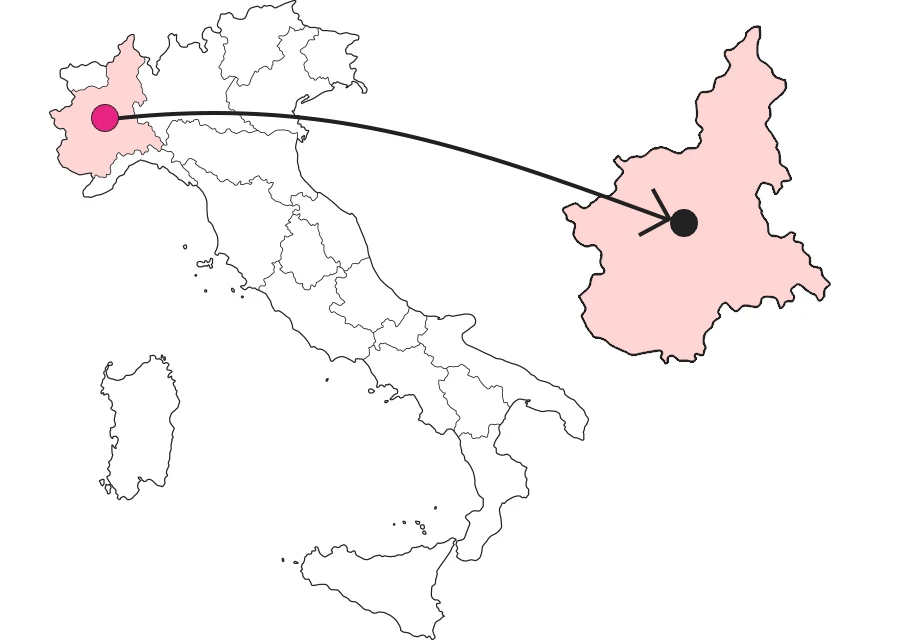SHARRYLAND


The Cavour Canal
Flagship of hydraulic engineering in the early days of the Republic


Where is

What it is and where it is
The Cavour Canal is an 83-km-long artificial canal. It starts in Chivasso, in the province of Turin, where the sewer, or incile, or water intake work of the Po River can be visited upon request. The intake mouth, 40 meters wide at the bottom, is completely paved with cobblestones, concrete and stone slabs. Not far away an imposing building houses the sluice gates used to regulate the flow of water. The canal ends in Galliate, Novara province, where it flows into the Ticino River, a tributary of the Po.
Why it is special
Throughout its entire course, the Cavour Canal has 210 siphons, 101 bridges and 62 canal-bridges. Almost all of these structures are still original! A veritable network of pre-existing, purpose-built canals (including the last one, the 1954 Regina Elena Canal) extends into the surrounding area. This leads to a total water development of more than 1,500 km that irrigate about 500 thousand hectares of rice fields. Impressive, isn't it?
Not to be missed
The building in Chivasso, where the canal originates from the Po River, is truly extraordinary and monumental. But the whole canal is an extraordinary work of hydraulic engineering, with 4 siphon tombs, which allow the canal to pass under the Elvo, Sesia, Agogna and Terdoppio rivers and streams; and 4 canal bridges, which allow the canal to pass over the Dora Baltea, Cervo, Rovasenda and Marchiazza rivers and streams!
A bit of history
The final design of the Cavour Canal was entrusted to engineer Carlo Noah in 1852. It was Minister Count Camillo Benso di Cavour who wanted the canal, as the name itself reminds us. The canal allows water to be brought to the rice fields of the mid-Vercellese, Novarese, and Lomellina areas. Noah's project was approved by the Italian Parliament in 1862, and work was carried out from 1863 to 1866 almost exclusively by shovel, with extraordinary works of underpassing and overpassing rivers. The Cavour Canal runs through 23 municipalities in the Piedmont Region and is distributed throughout the rice-growing area (also in Lombardy) by means of branches and minor systems.
Curiosity
Although the project is signed by engineer Carlo Noah, the original study is by the Vercelli land surveyor Francesco Rossi. This had the canal start on the Po River in the Vercelli area of Crescentino, so as to take advantage of the natural slope of the land and the input of the Dora Baltea into the Po and thus avoid its dry periods. A location, however, that divided the land owned by the Count of Cavour and was therefore abandoned. Noah's project started from Chivasso, but was to take advantage of the Ivrea Canal to bring water to the Vercelli rice fields from the Dora during dry periods of the Po.
Enter the Map of Italy's Undiscovered Wonders and find treasures where you least expect it... Inspire, Recommend, Share...
Collections
The Map thanks:
Enter the Map of Italy's Undiscovered Wonders and find treasures where you least expect it... Inspire, Recommend, Share...
Where is

Collections

